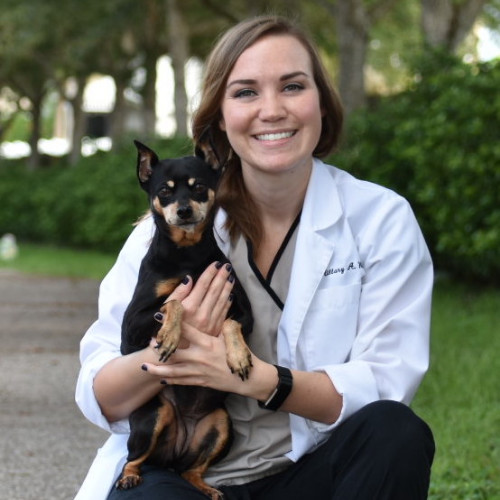No, dogs can’t eat dead birds. Although it’s a common occurrence, especially for dogs who spend a lot of time outside and/or who have been trained to collect birds when hunting, it’s not a good idea for your dog to ingest anything that has died. Dead animals contain toxins that could potentially be very harmful for your pet.
Main Concerns About Dead Birds
There are two main areas of concern if your dog eats a dead bird: botulism, and exposure to toxins.
- Botulism is a disease that affects birds, and your dog could contract it if they eat a bird that’s been infected. It attacks the body’s nervous system, causing life-threatening symptoms.
- There’s a decent chance that the bird died because it was exposed to toxins, such as poison or pesticides. If that’s the case and your dog eats the bird, they will end up with those same toxins live in their system.
The only way to tell if your dog has been affected by either of these things is to monitor them closely for signs of illness. Signs of your dog eating a dead bird can include:
- vomiting
- diarrhea
- loss of appetite
- lethargy
- dehydration
If your dog is experiencing these symptoms, you’ll want to contact your vet immediately. A trained veterinarian is the only person who will be able to determine if your dog is suffering from botulism or from toxic substances.
What to Tell Your Vet
If you can, pay attention to as many details about the bird as possible. Do you recognize the type of bird? The size? Did it look like it had recently died, or had it started to decay? How much of it did your dog ingest? Your vet will be able to use all this information to create an effective treatment plan.
The size of the bird vs. the size of your dog is a big indicating factor for how sick your pet might become. If you have a small dog who ingested a large bird, they’re also at risk for choking. The bird might be too large for them to swallow.
The veterinarian may want to will keep the dog for a day or two for monitoring. They may also suggest switching your dog’s food to a therapeutic dog food that will be easier for them to digest.
How to Remove the Bird (if necessary)
Do not touch the bird with your bare hands. Use heavy duty gloves to protect yourself. Scoop the bird into a leak-proof plastic bag. Double bag the bird and seal the bags securely. Your vet might want you to bring the bird in for testing. If not, contact your local waste disposal company to determine the proper steps for disposing of a dead animal.
Wash your hands thoroughly with soap and water.

